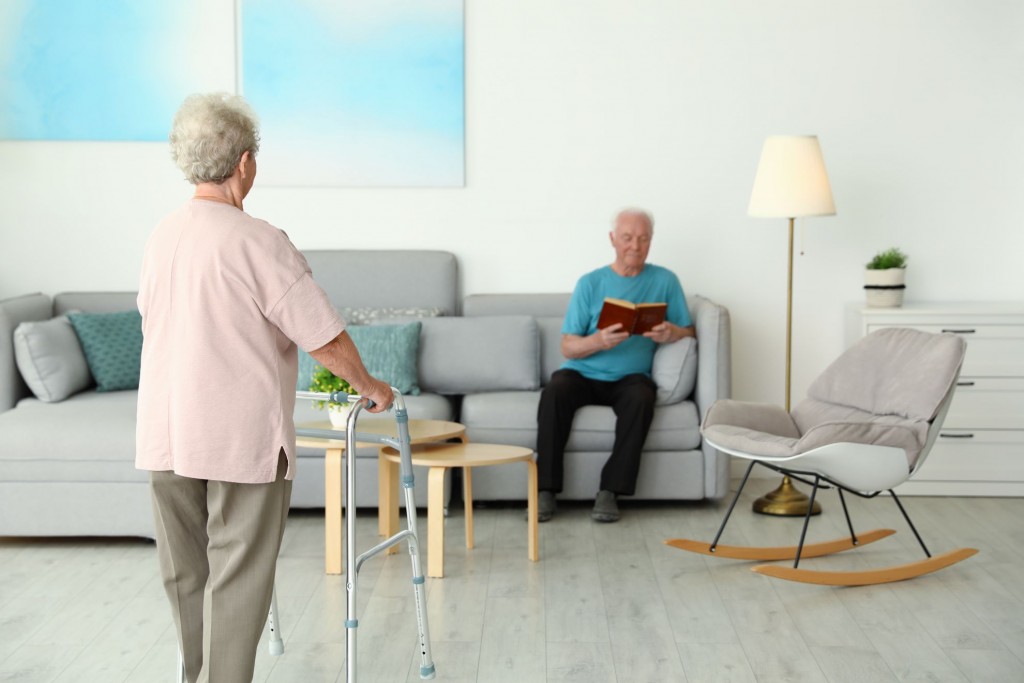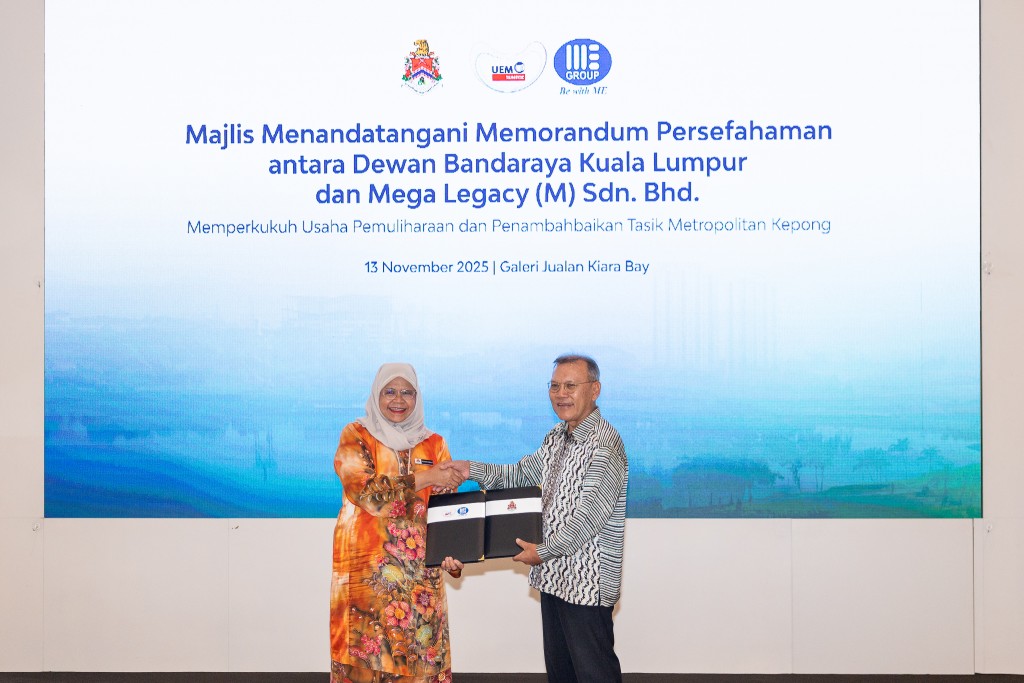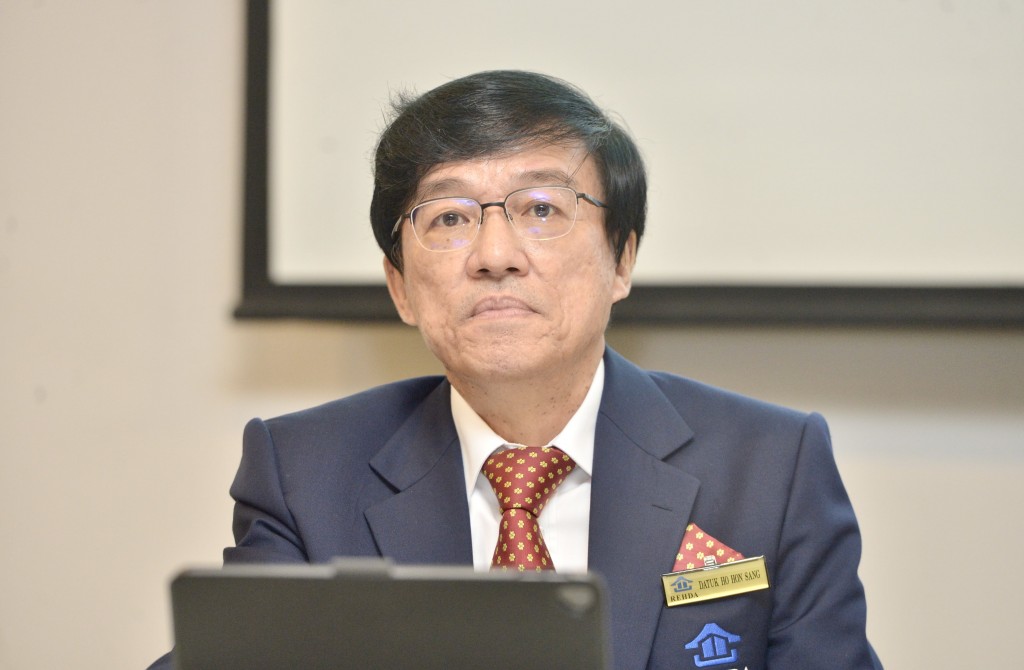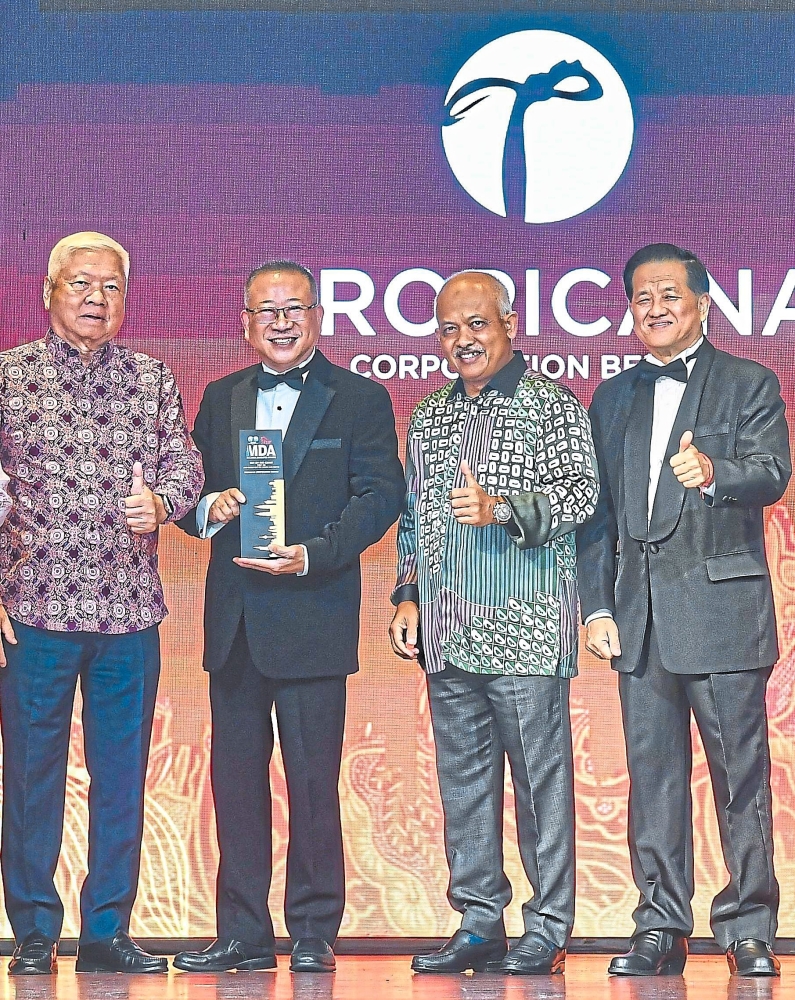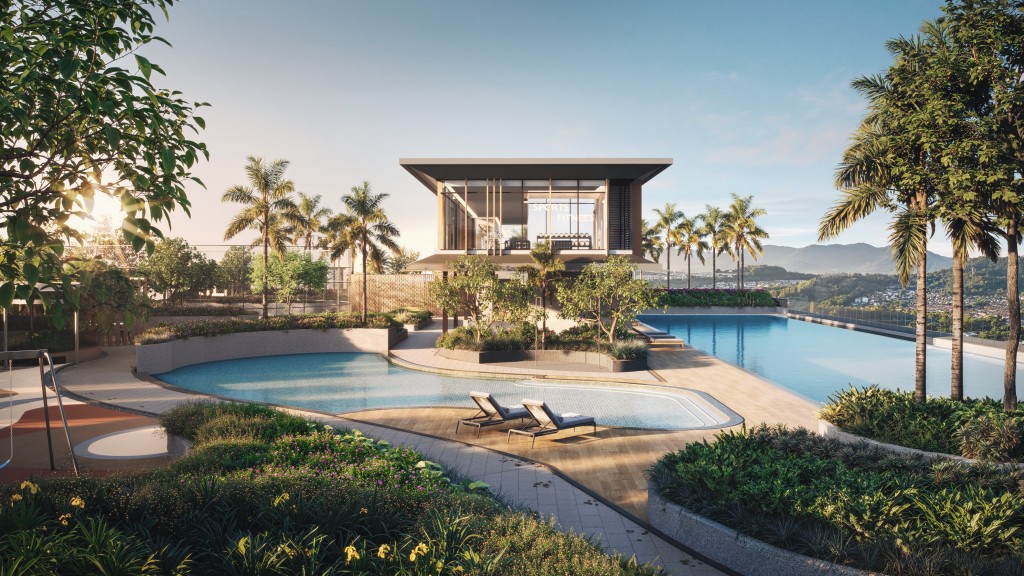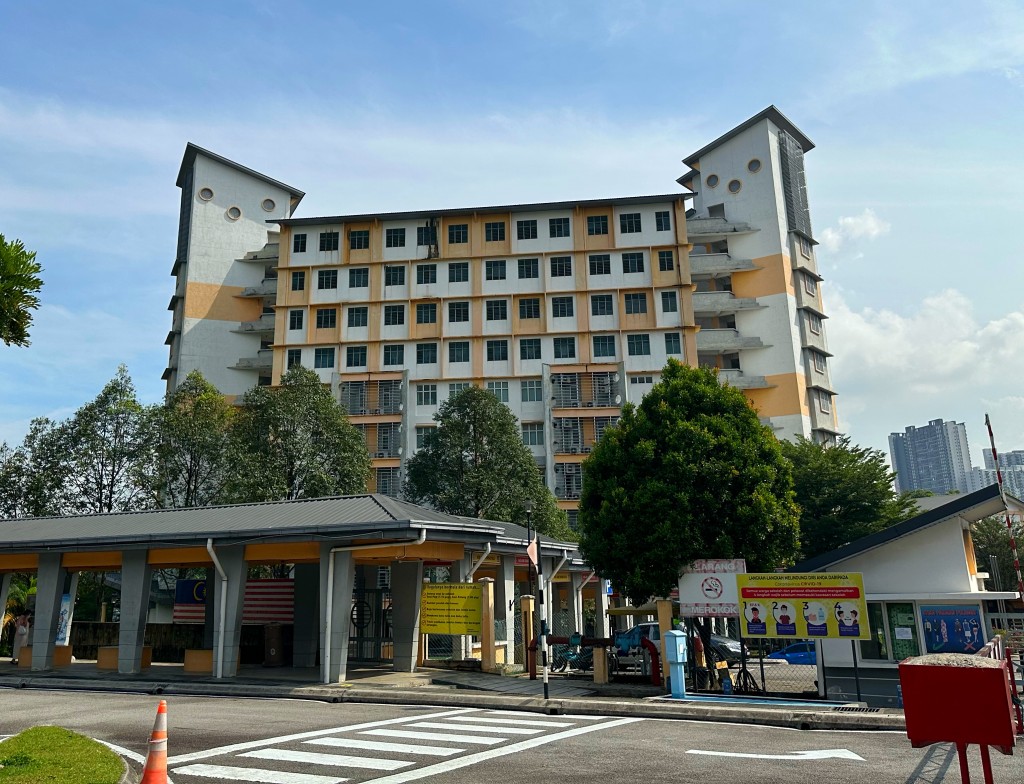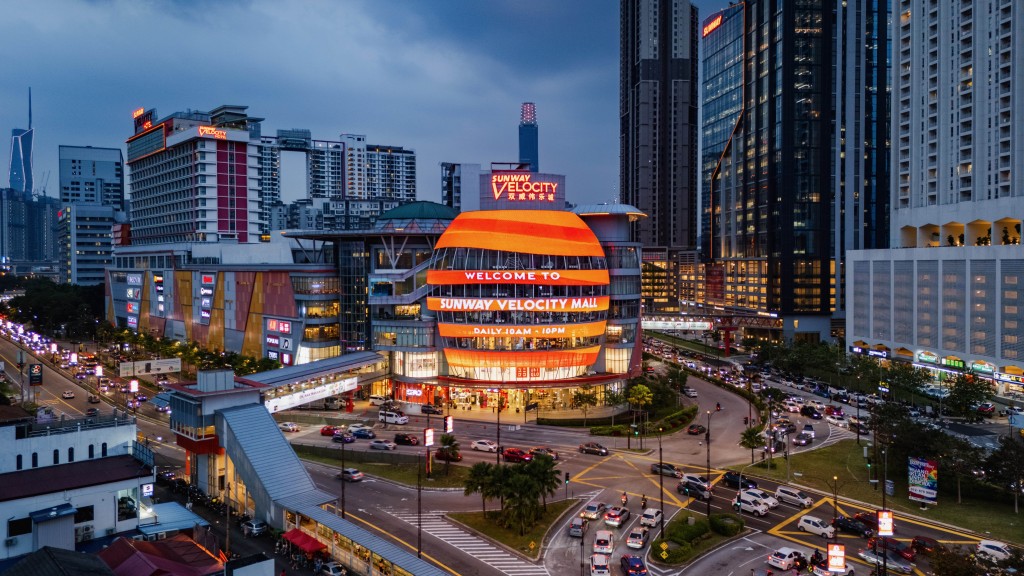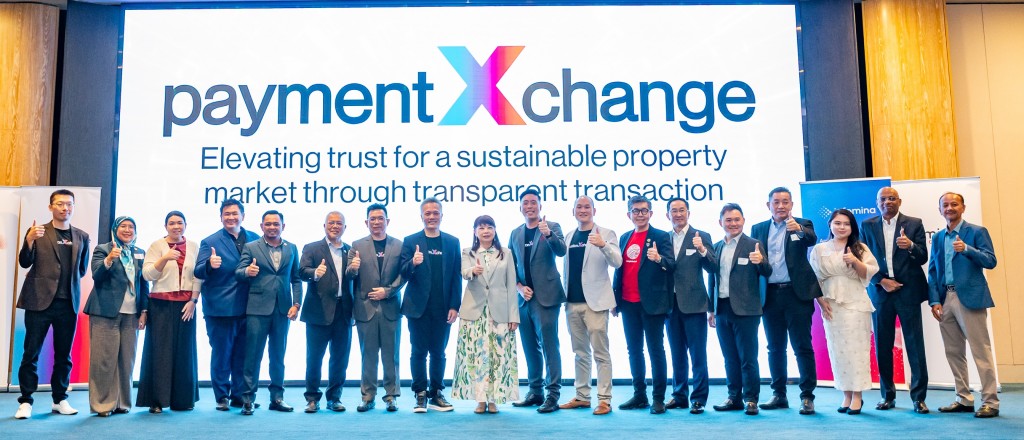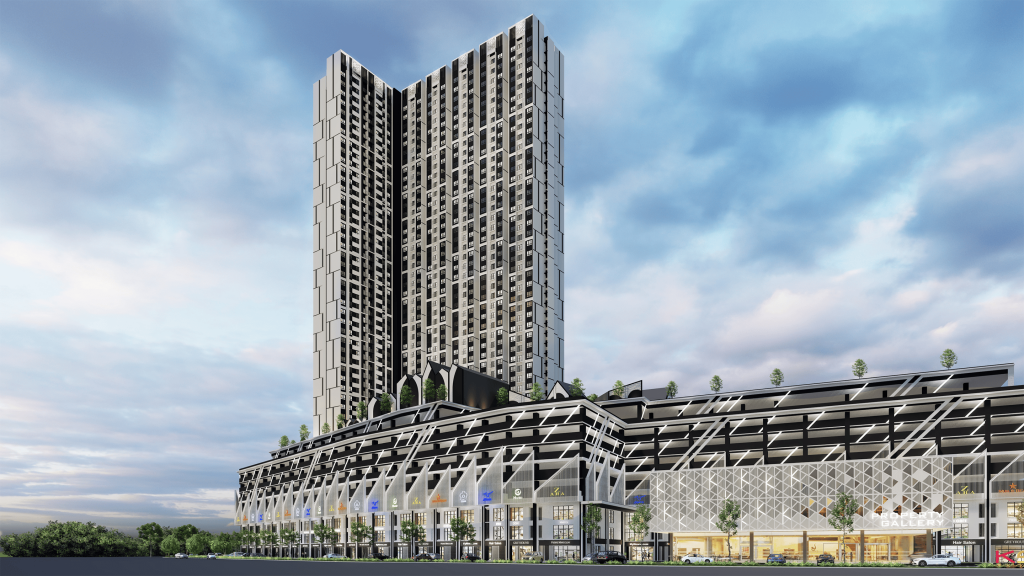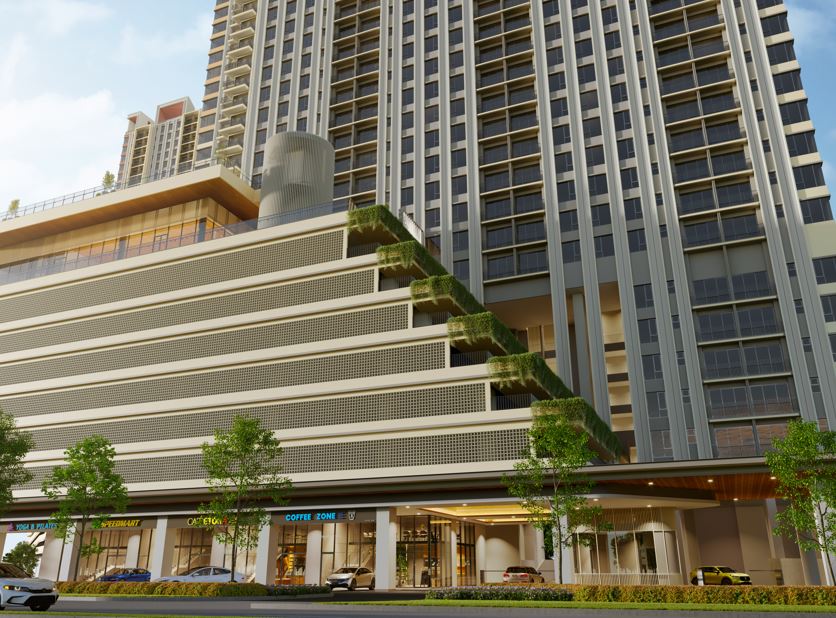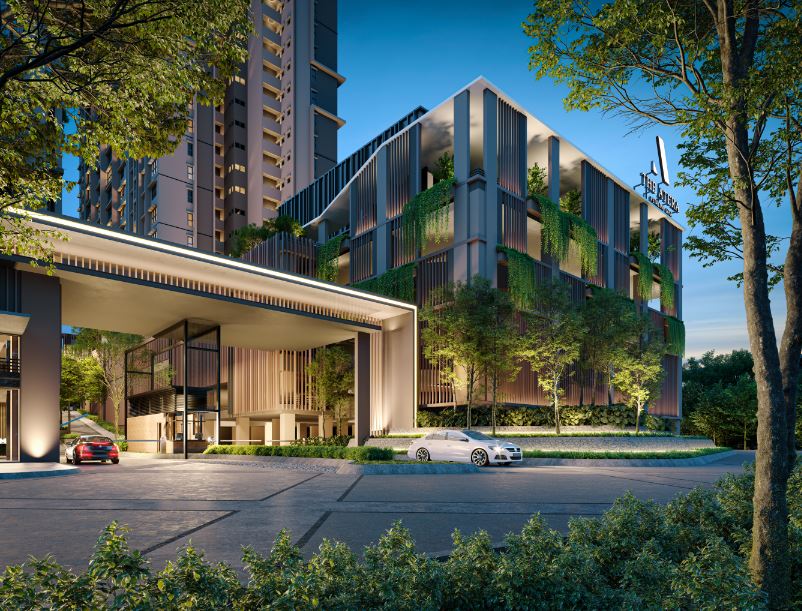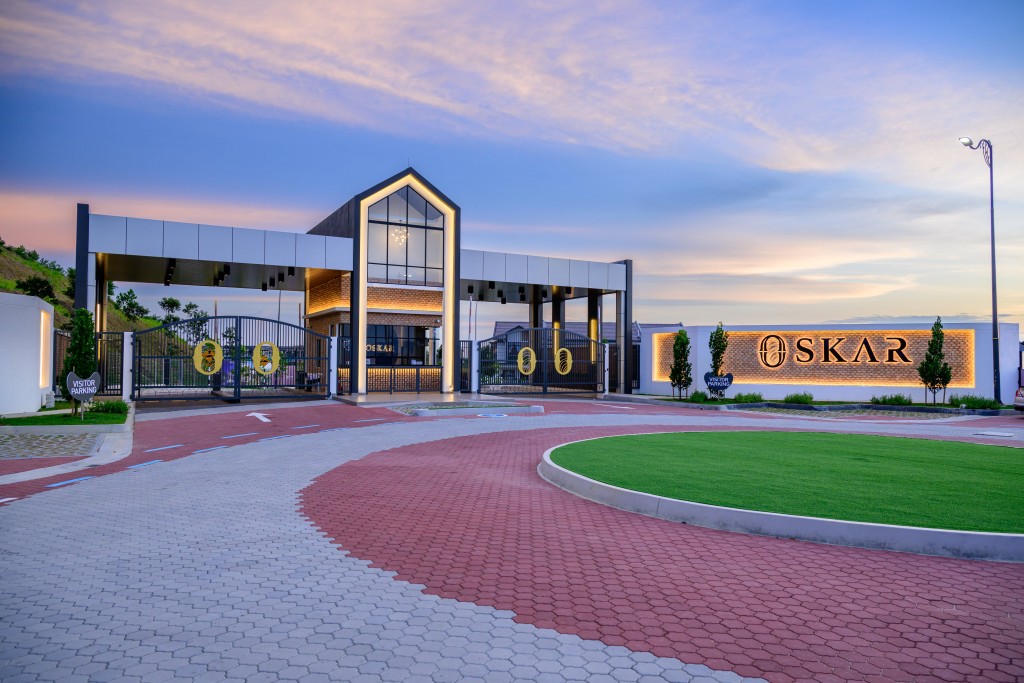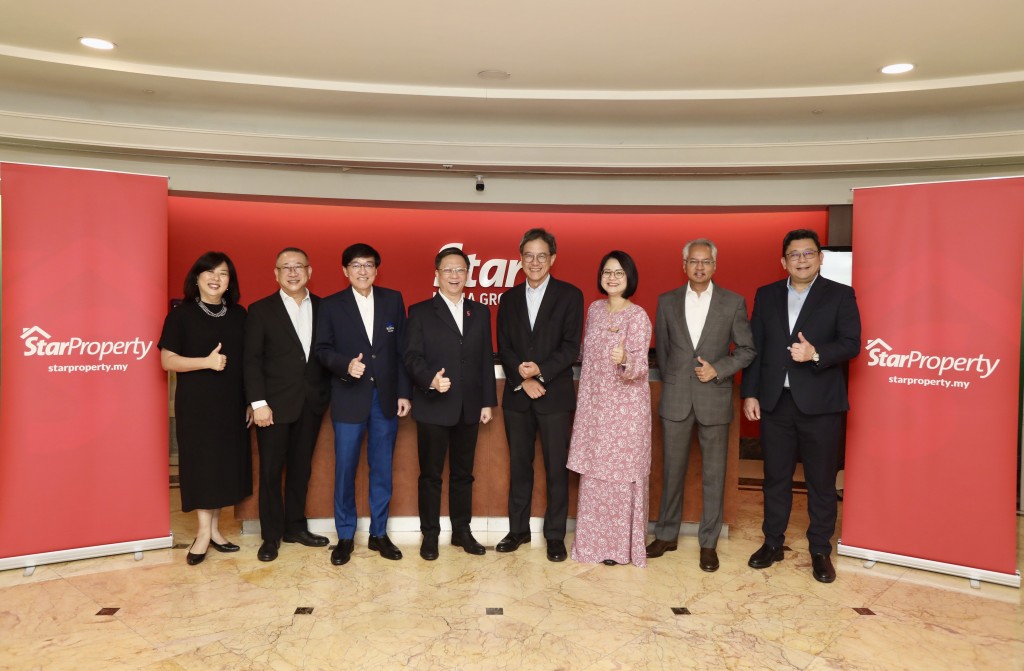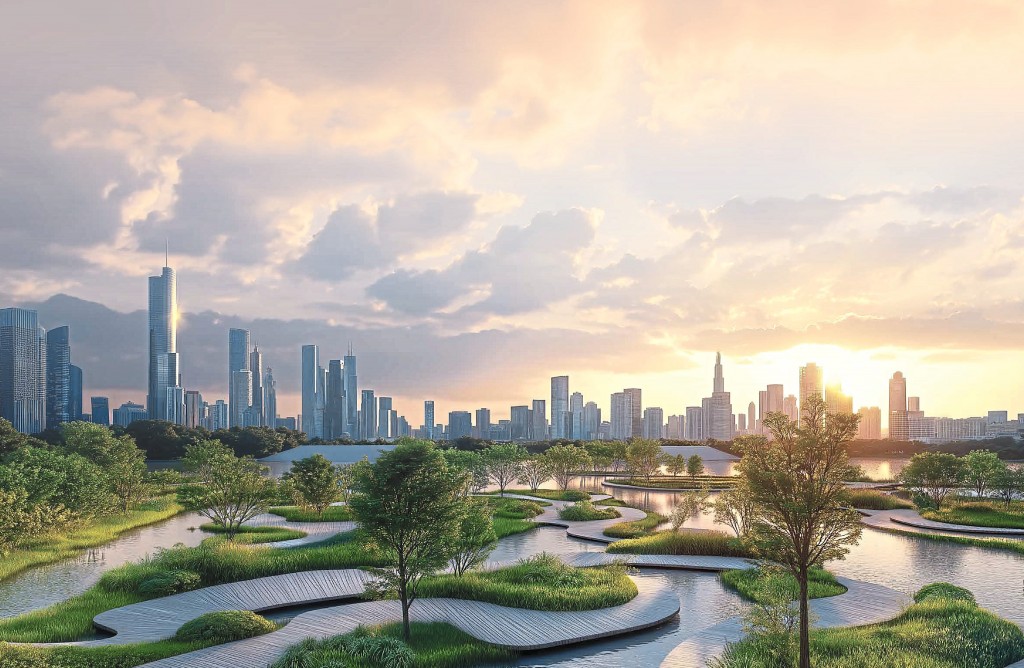Developers are calling for a clear regulatory framework to encourage more purpose-built senior housing projects
By Pavither Sidhu
Malaysia is nearing a demographic tipping point as its population ages and the proportion of elderly citizens increases. The share of people aged 60 and above rose to 11.6% in 2024 and continues to climb. According to the Department of Statistics Malaysia (DOSM), the elderly cohort is expanding steadily over the next two decades. By 2030, 15% of Malaysians will be aged above 60 which classifies the country as an ageing nation.
By 2040, older Malaysians will form a substantially larger slice of the population, with nearly 17% or 6.4 million of the people exceeding 60 years of age. When 2050 comes, the gains in life expectancy will have pushed the country into an even older demographic profile and the lack of senior-friendly housing raises an urgent question: Where and how will seniors live?
For generations, the traditional expectation was for parents to live in their children's homes as they aged. However, shrinking household sizes, children moving to cities or abroad and increasing life expectancy make this model less feasible. Instead, Malaysians will need a coherent, nationwide network of safe, affordable housing options that allow them to age independently, accessible and linked to care. Without that network, too many older Malaysians will face isolation or expensive, last-resort care.
Presently, market activity is mixed. Purpose-built senior communities such as Sunway Healthcare Group’s Sunway Sanctuary in Bandar Sunway offers 235 serviced suites that blend accommodation with wellness programs, medical support, dining and social activities. Monthly rent starts from RM8,050, placing it within the luxury category. Meanwhile, in Cheras, Komune Living and Wellness, managed by UOA Hospitality Sdn Bhd, offers a mix of daycare and live-in options for seniors. Projects like Green Acres Retirement Village in Ipoh and Eden-on-the-Park in Sarawak provide resort-style retirement communities. These projects demonstrate good practice but also underline the problem: most are priced for the affluent.
The real challenge lies in addressing the needs of the middle-income segment, which makes up most of Malaysia’s population and such sentiment is beginning to be noticed by developers. The demand is not just for more houses. It is about designing homes and building spaces that foster a spirit of togetherness and community for older adults as well as those in need of care and assistance.
StarProperty held a roundtable discussion to comprehensively assess concerns, challenges and recommendations in the industry. Representatives from Real Estate and Housing Developers’ Association Malaysia (Rehda) and other prominent property developers gathered to provide their insights and wishes regarding property considerations to be drafted in Budget 2026.
Cautious eagerness
Private developers are eager but cautious when it comes to senior living. UEM Sunrise Bhd chief marketing officer Emily Teh believes the industry needs clearer regulations to move forward.
“As Malaysia is going towards a more ageing society, it would be good for more clarity on the framework for senior living,” she said, noting that many care providers still operate out of unsuitable older buildings such as residential homes and that a gazetted framework would allow developers to play a meaningful role to help active ageing and ageing in place. Teh emphasised that these are all conversations that are seen in first-world countries and we’re getting there. So it will be good for us to have that framework and clarity,” she adds.
For developers, the issue lies beyond adding grab bars and wider lifts. It incorporates thoughtful features like step-free access, non-slip flooring, wider doorways, lever handles and emergency call systems, which make homes safer and easier to navigate. Additionally, it is essential to create spaces that combine healthcare, recreation and community support.
This means redesigning neighbourhoods to prevent senior isolation, providing shared spaces for dining and activities to foster social connections and community while ensuring easy access to clinics, shops and public transport. This way, seniors won’t need to choose between independence and safety.
Echoing Teh’s sentiments, IJM Land Bhd’s chief operating officer Chai Kian Soon said we are moving towards an ageing population and as a developer, we need to look in that direction and equip the housing sector with more elderly friendly homes.
He further emphasised the importance of being inclusive to everyone, not just those who are sick, retired or elderly.
“These housings should also include disabled people as the population will be needing more assistance and care,” opined Chai.
Taking baby steps
While industry players are calling for clearer guidance and supportive policies to enable large-scale development of senior housing, regulation is gradually evolving. The government has taken steps to prepare for an ageing society.
Regulation is gradually evolving. The Kuala Lumpur Structure Plan 2040 calls for special housing for the elderly, including independent living and nursing care facilities. New public housing projects now require universal design features with ground-floor units prioritised for elderly and disabled residents.
The Women, Family and Community Development Ministry has drafted a Senior Citizens Bill, expected to be tabled in Parliament soon. If approved, it will establish a clearer framework for senior living, set safety standards and regulations, plus provide a foundation for public-private collaboration to thrive.
Looking ahead
Despite interest from developers, several barriers stand in the way with cost being a primary obstacle. Universal design and integrated care facilities raise construction and operating costs. Without targeted incentives such as tax breaks, land grants or funding programs may drive these projects to become expensive for regular retirees.
Chai expressed hope that while construction costs will inevitably increase for such developments, these projects can be made feasible through government support, incentives and streamlined legislation. Concurring this, Teh added that if policymakers, developers and communities collaborate, Malaysia can transform the challenge of an ageing population into an opportunity to create homes that allow seniors to live well, not just longer.
It is evident that Malaysia cannot delay action. Without timely intervention, the gap between need and supply will widen and many seniors will end up in unsuitable housing or forced into costly private care.
While industry players are united and urge for clear legislation, government incentives to keep prices reasonable, a cultural shift among Malaysians to normalise senior living as a positive lifestyle choice rather than a last resort have to be implemented as well.
If these pieces fall into place, turning a demographic challenge into a national opportunity could transform Malaysia’s housing market into an active, healthy and dignified ageing population.
Stay ahead of the crowd and enjoy fresh insights on real estate, property development and lifestyle trends when you subscribe to our newsletter and follow us on social media.

